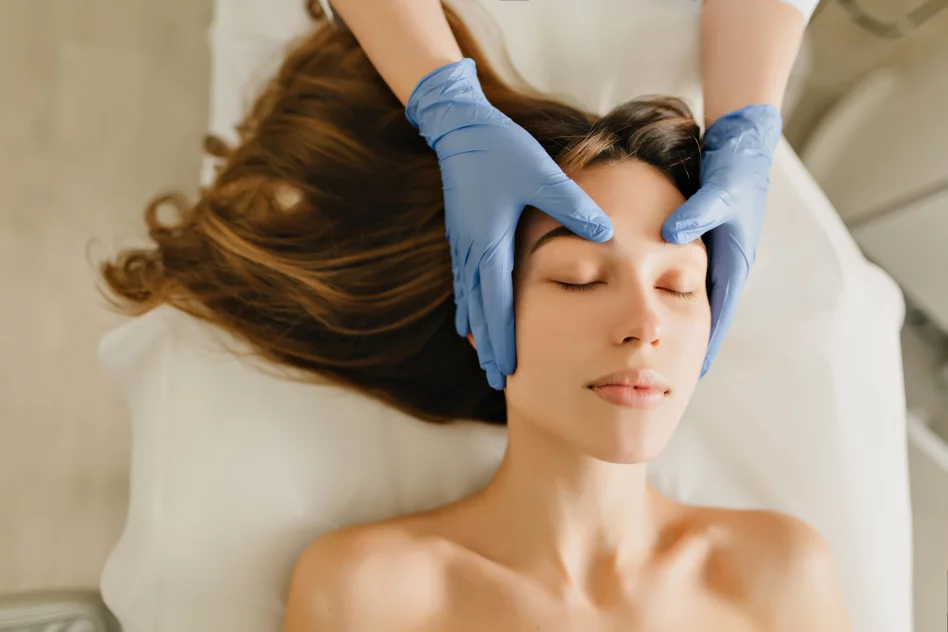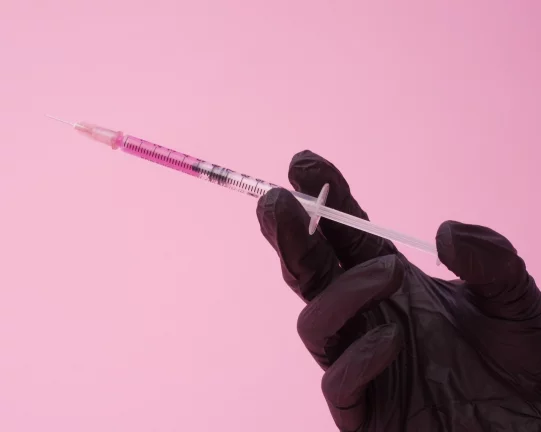-

- Author e-FILLERS Team
- Sep 5th, 2025
The Role of Collagen Stimulation in Long-Term Skin Health

Introduction
Collagen is often described as the scaffolding of youthful skin. It provides structure, firmness, and elasticity—qualities that naturally diminish with age. By the mid-20s, collagen production begins to slow, leading to visible signs of aging such as fine lines, sagging, and loss of volume.
Modern aesthetic medicine doesn’t just focus on filling wrinkles; it increasingly emphasizes collagen stimulation as a way to achieve healthier, more resilient skin over time.
What Is Collagen and Why Does It Decline?
Collagen is the most abundant protein in the skin. It:
Provides firmness and support.
Helps retain hydration.
Plays a role in wound healing and regeneration.
With age, UV exposure, stress, and lifestyle factors, collagen fibers degrade. By age 40, most people have lost around 20% of their natural collagen—explaining why early intervention and stimulation are key for long-term skin health.
Collagen Stimulation in Aesthetic Treatments
Several injectable and regenerative treatments are specifically designed to trigger collagen production:
1. Biostimulators
Poly-L-Lactic Acid (PLLA) and Calcium Hydroxylapatite (CaHA) work by activating fibroblasts to produce new collagen over months.
Results appear gradually but can last up to 2 years, improving both skin texture and firmness.
2. Hyaluronic Acid (HA) Fillers
While mainly volumizing, certain cross-linked HA fillers also stimulate fibroblasts.
The hydration effect enhances skin quality alongside structural support.
3. Polynucleotides (PNs)
These DNA fragments repair cell damage, reduce oxidative stress, and promote collagen synthesis.
Especially beneficial for fragile skin around eyes, neck, and décolletage.
4. Exosomes & PRP (Regenerative Therapies)
Deliver growth factors and signaling molecules that enhance collagen and elastin production.
Improve skin density, elasticity, and overall vitality.
Benefits of Collagen Stimulation for Long-Term Skin Health
Improved Elasticity & Firmness: Skin looks lifted and more youthful.
Reduced Wrinkles & Fine Lines: Collagen fills from within, softening folds.
Thicker Dermis: Stronger resistance to environmental stressors.
Natural Results: Instead of just “filling,” skin is truly rejuvenated.
Longevity: Patients require fewer treatments over time with cumulative collagen build-up.
Patient-Centered Perspective
Collagen stimulation shifts the conversation from “quick fixes” to “skin health investments.” Patients increasingly seek natural, gradual improvements rather than dramatic transformations. Educating them about collagen’s role builds trust and emphasizes long-term value in treatment plans.
Conclusion
Collagen is the cornerstone of youthful, healthy skin—and stimulating its production is one of the most powerful strategies in modern aesthetic medicine. From biostimulators and HA fillers to polynucleotides and exosome therapies, collagen-boosting treatments don’t just reduce wrinkles—they rebuild skin from within.
For practitioners, integrating collagen stimulation into treatment protocols offers patients not only visible rejuvenation today but also sustained skin health for the future.
Dermal Fillers
Under-Eye Fillers: Do They Really Work for Dark Circles?Product Presentation
COD-LAGEN: The Future of Collagen-Based Skin Longevity
.webp)

.webp)

